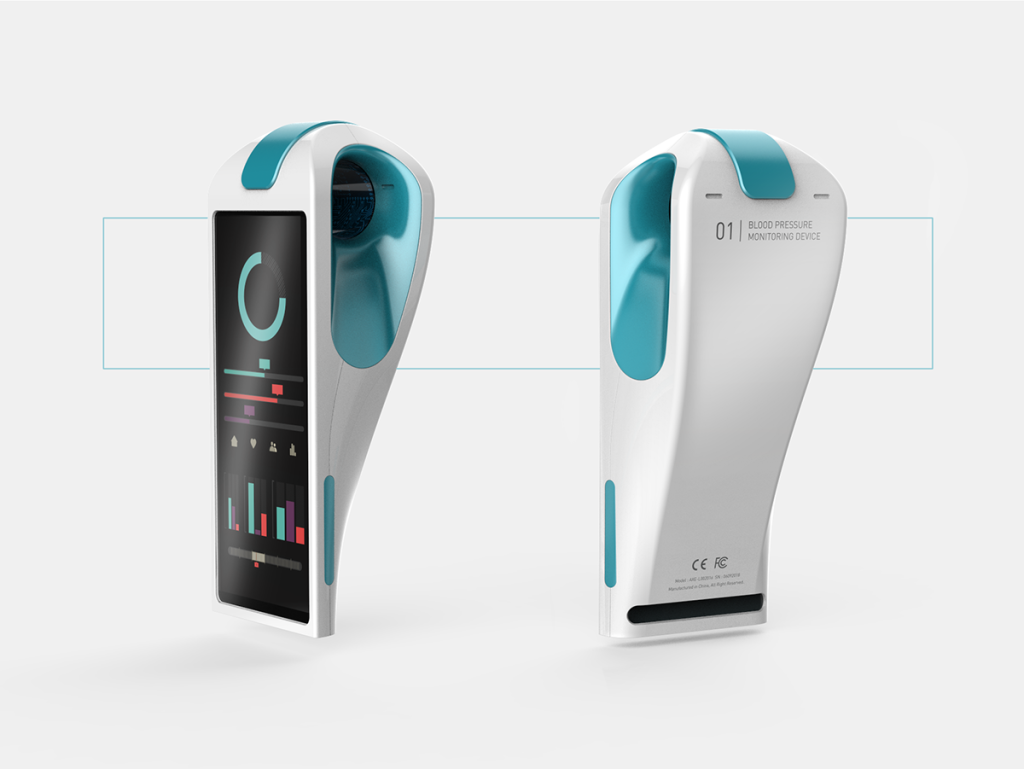Medical device design is a complex process that requires the formation of revolutionary instruments and technologies to detect, monitor, and handle medical conditions. It encompasses a wide selection of professions, including engineering, biomedical science, human factors, and regulatory affairs. At their primary, medical system design seeks to boost individual outcomes, enhance healthcare supply, and improve medical knowledge.
The process of medical unit style on average starts with distinguishing unmet scientific needs and opportunities for innovation. This might require completing market study, visiting healthcare specialists, and getting feedback from patients to know the issues and requirements of the mark population. By gaining ideas in to individual needs and choices, developers may build answers that handle real-world healthcare challenges.
After the style objectives are established, the next thing is concept progress and prototyping. Developers use many different resources and practices, such as for example CAD software and 3D printing, to generate prototypes and iterate on style concepts. Prototyping allows manufacturers to try the operation, functionality, and security of the unit in a controlled setting, permitting them to refine the look and handle any issues that arise.
Individual factors and ergonomics perform a crucial role in medical product style, as units must certanly be spontaneous and user-friendly for healthcare specialists and people alike. Makers consider facets such as for example system size, shape, and screen design to enhance usability and reduce the risk of problems or misuse. Functionality testing and person feedback are essential areas of the look method, ensuring that devices match the requirements of end-users and may be efficiently built-into medical workflows.
Through the entire design method, developers must also steer regulatory needs and requirements to make certain compliance with relevant regulations and regulations. This might include completing risk assessments, recording design regulates, and preparing regulatory submissions for agreement from regulatory agencies including the FDA or CE Noticing for the European market. Compliance with regulatory demands is vital to ensure the protection and effectiveness of medical units and help industry access.
Along with conference regulatory demands, medical device makers should also consider factors such as cost-effectiveness, scalability, and manufacturability. Style choices must harmony the competitive needs of efficiency, cost, and manufacturability to generate devices which can be equally revolutionary and commercially viable. Effort with manufacturing companions early in the style method might help streamline generation and improve the manufacturing process.
The area of medical product style is consistently changing, pushed by improvements in engineering, changes in healthcare delivery, and shifts in patient wants and preferences. Emerging tendencies in medical unit style range from the integration of synthetic intelligence, the utilization of wearable and implantable technologies, and the development of medical device design monitoring and telehealth solutions. These inventions have the possible to revolutionize healthcare delivery and improve patient outcomes across a wide range of medical specialties.
In conclusion, medical system style is a complicated and powerful area that requires a multidisciplinary approach and a heavy understanding of healthcare challenges and opportunities. By leveraging engineering, human facets, and regulatory expertise, medical device designers can create modern solutions which have the potential to convert patient care and advance medical science.

